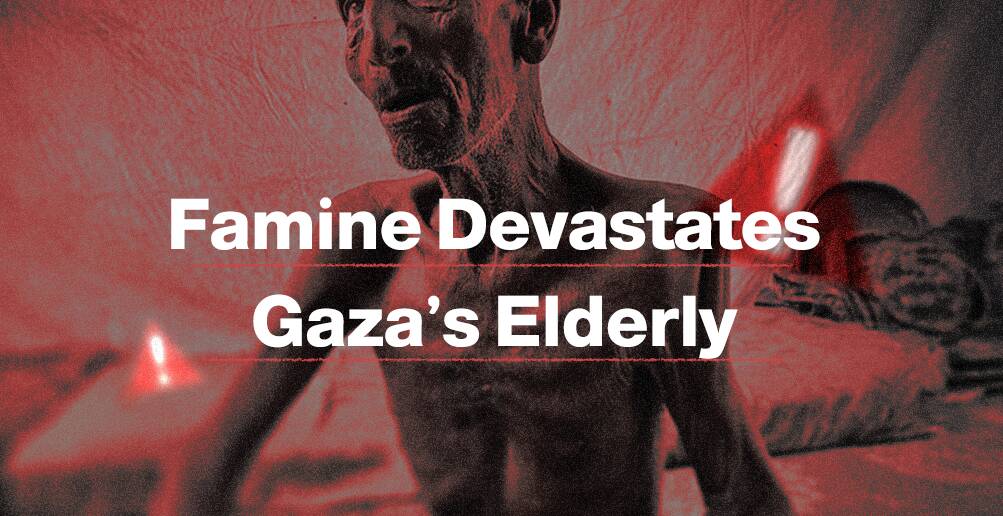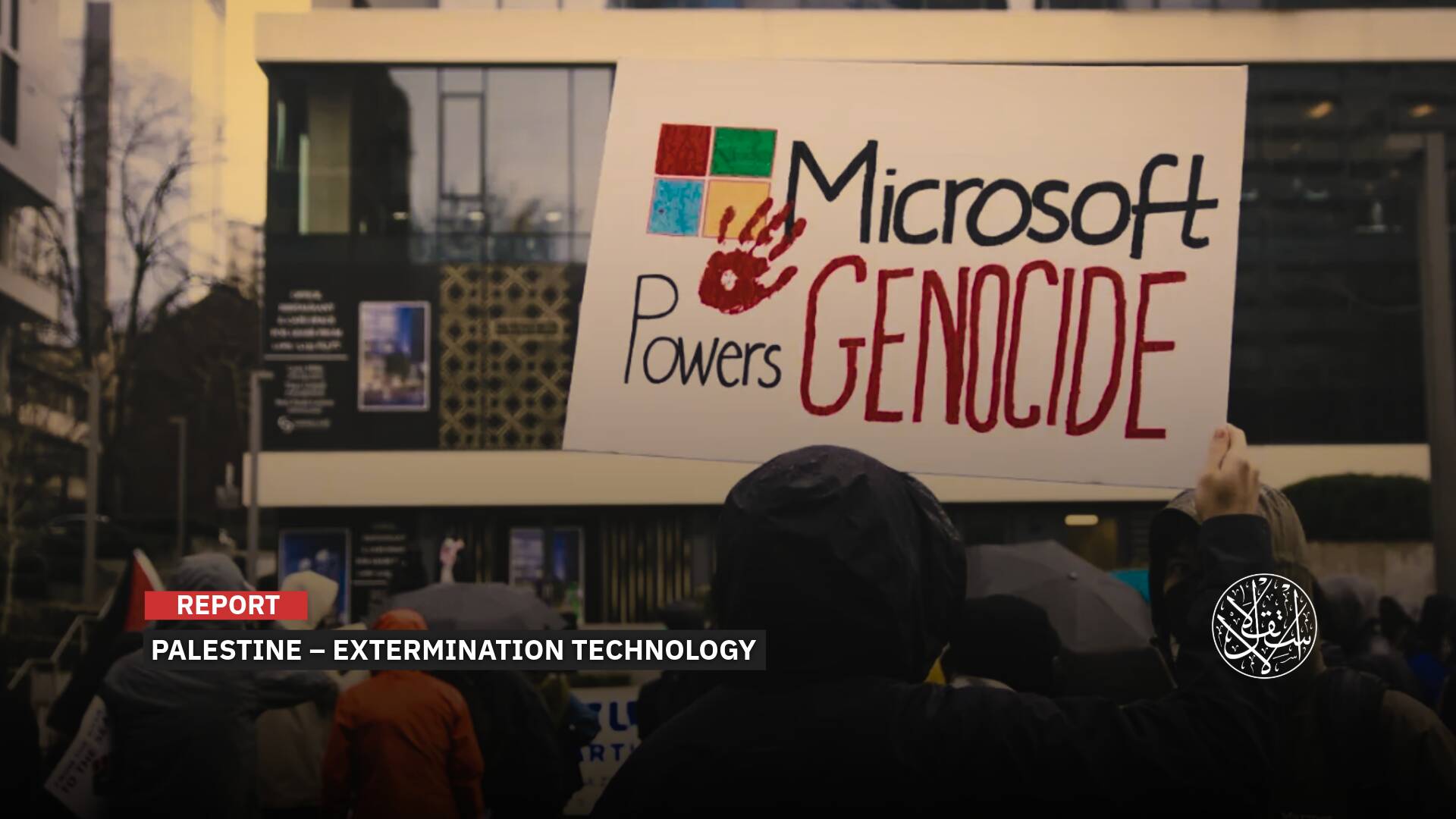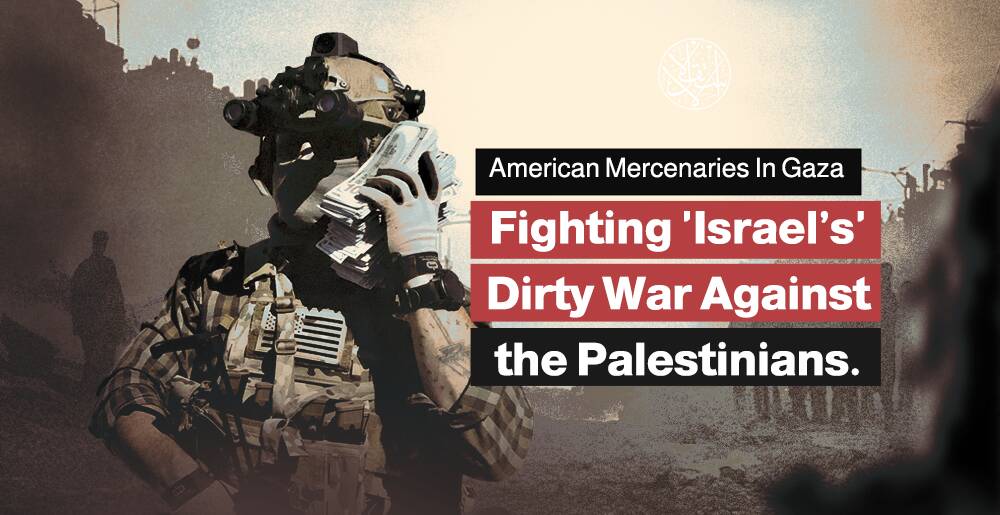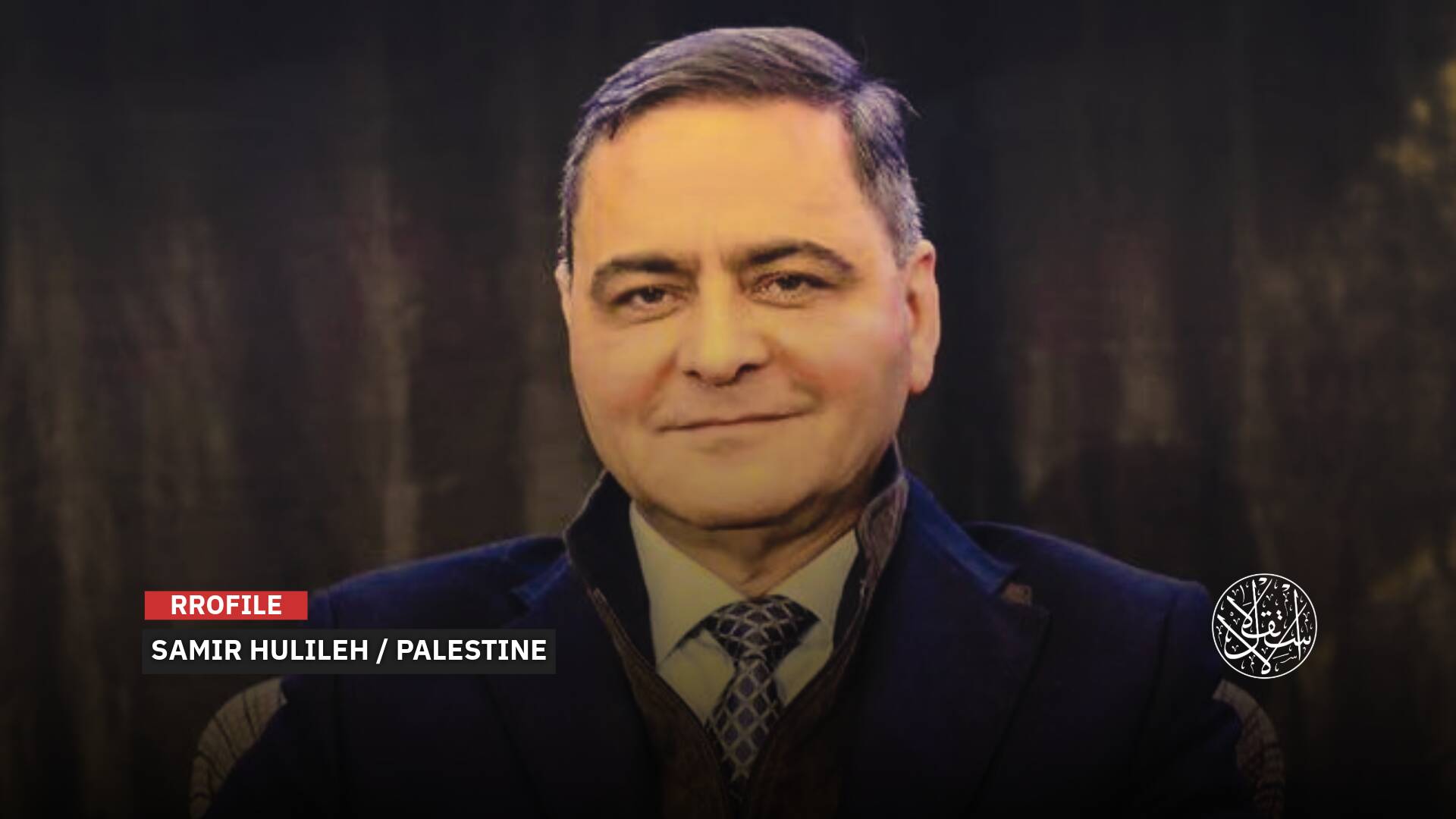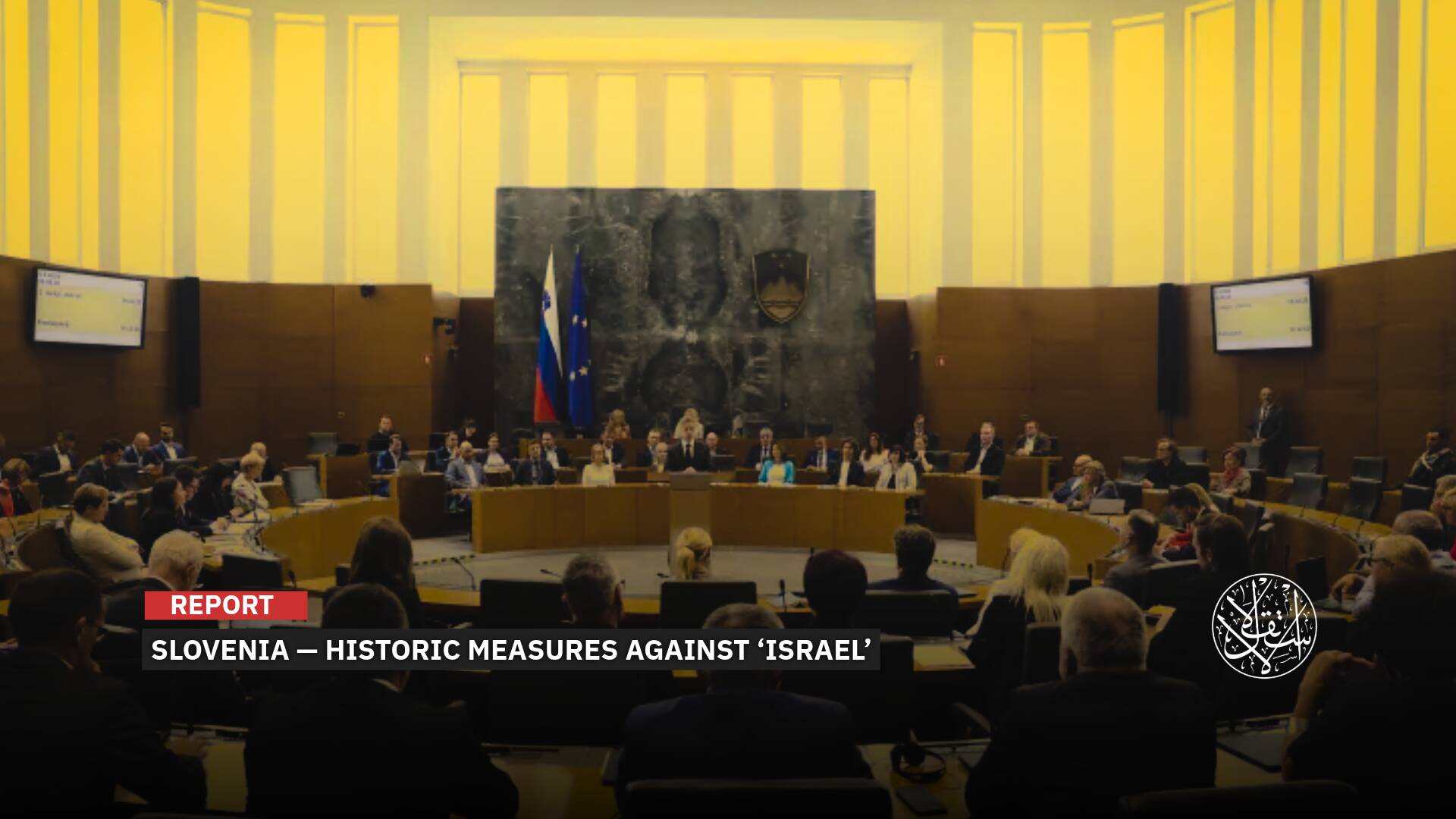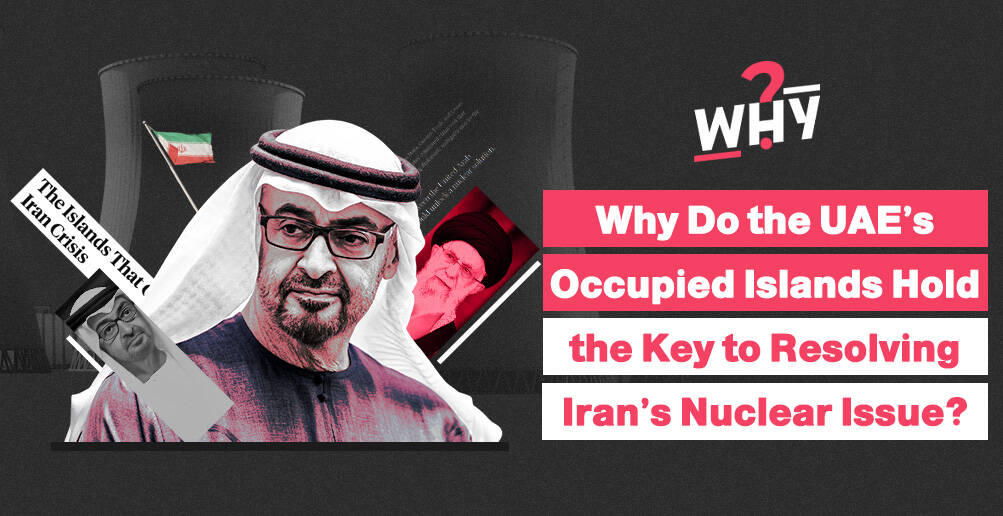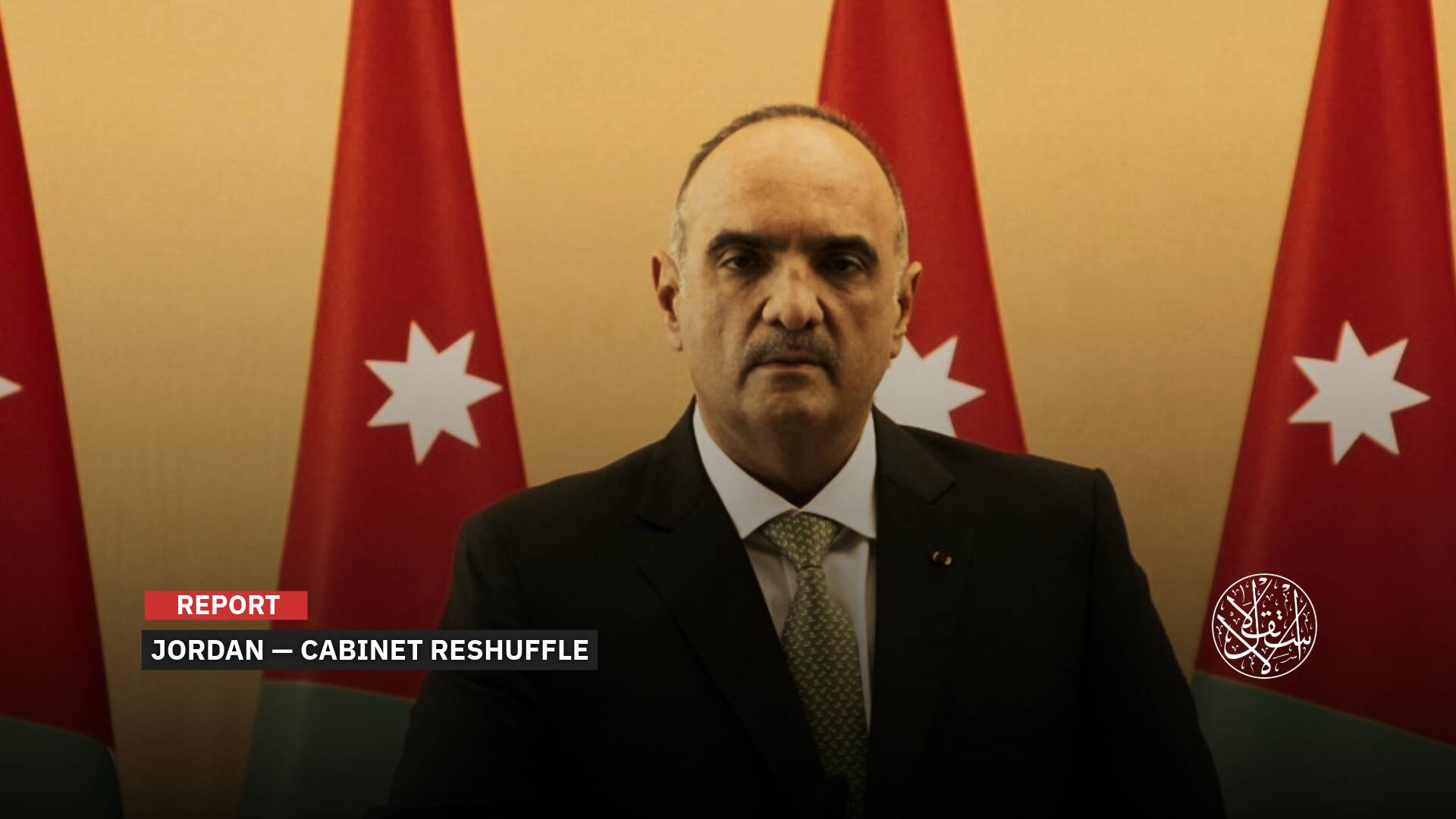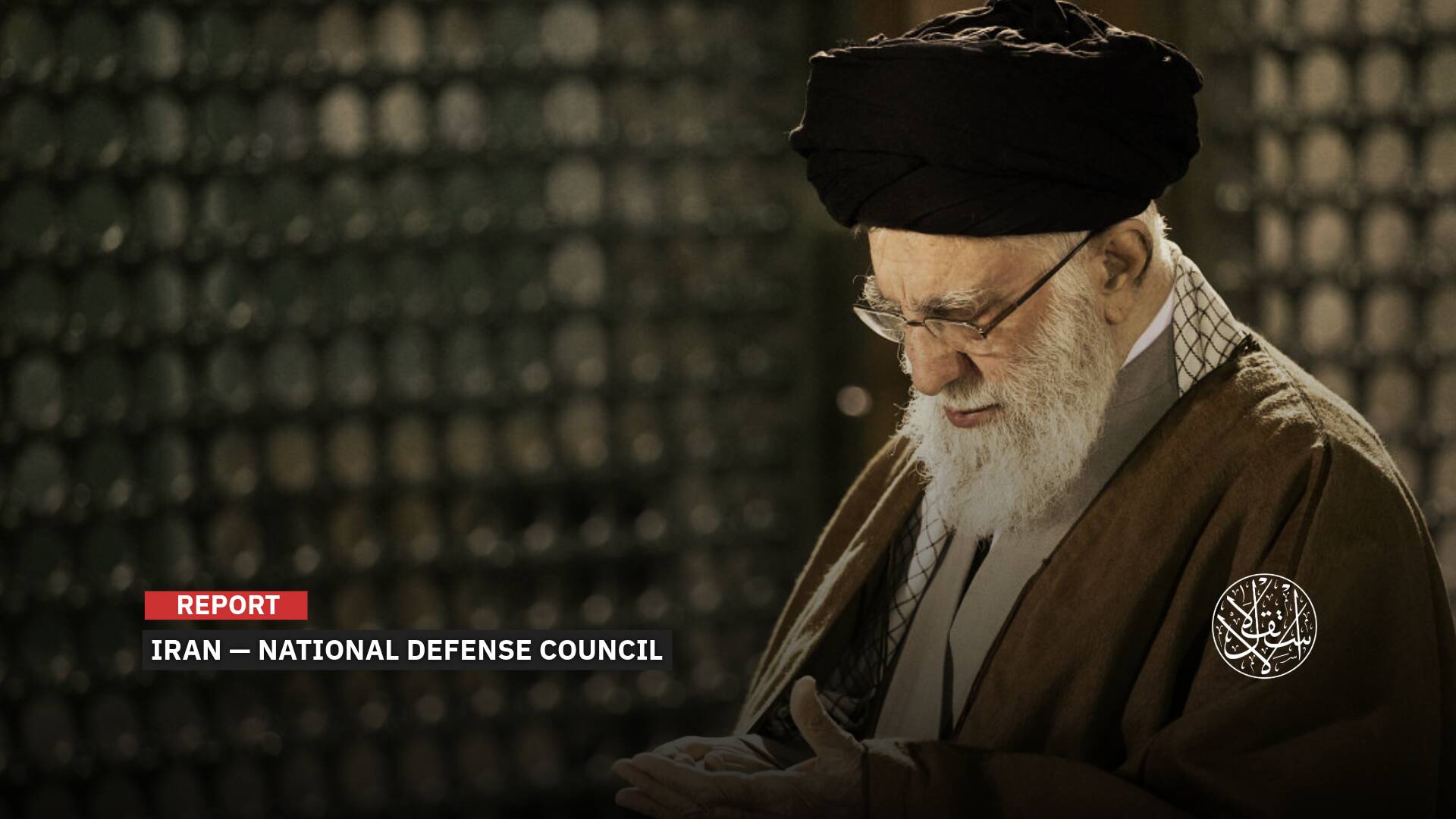Nidal Farhat; Maker of First Rocket for Palestinian Resistance

-
“Nidal came to me one day—and he never kept secrets from me—he came to me as happy as I had never seen him before, and he said: ‘Mother, God has honored me with the manufacture of the first rocket in Palestine,’ and I was very surprised.”
This is how the late Palestinian Maryam Muhaisen (Umm Nidal) described the case of her son, the martyr Nidal Farhat, when he succeeded in making the first rocket in the history of the Palestinian resistance in 2001.
Nidal did not know, as he spent the nights inaugurating the first primitive rocket of the Islamic resistance movement Hamas, that he would open the door to a huge arsenal of rockets, which would one day haunt the occupying state (Israel) and its advanced army.
Nearly 20 years after Nidal Farhat launched the Qassam-1 rocket, in May 2021, Hamas and the resistance factions were able to launch about 4 thousand rockets targeting Israel, during its last war; most of them landed in the Israeli depth with greater accuracy than any other earlier time.
The Al-Qassam Brigades, the military wing of Hamas, was able, through its unprecedented rockets and missiles, to reach north to Tel Aviv, causing a state of unprecedented terror and panic among the enemy.
Nidal Farhat
Nidal was born on April 8, 1971, in the Gaza Strip, to the Farhat family, which was known for its Islamic orientations and its engagement in resistance against the occupier. Nidal grew up in mosques in the Gaza Strip and studied Sharia (Islamic law) sciences, as well as completing his high school studies.
His character was then refined through his upbringing among the leaders of the resistance, headed by the Qassamist leader, Emad Akel, who has delivered big blows to the Occupation, and carried out many military operations against them and was nicknamed “The Haunted with Seven Souls.”
The Farhat family embraced Emad Akel and hid him from the Shin Bet intelligence and its agents in the Gaza Strip, and Nidal was greatly affected by the man's personality and his impact on the resistance.
The feature that distinguished Nidal's personality during his influential life, despite its shortness, was that he was inclined to constantly create, develop and innovate, as he always planned to invent advanced weapons to direct them towards the Occupation army.
Even his mother Umm Nidal recounted: “He did not sleep much and was always looking for physicists, chemists, and lathe owners to help manufacture many quality weapons.”
She added: “He was always looking for money to advance military work; he used to make explosives himself, as he did not let others make them while he was far away, yet he was among the manufacturers, facing dangers firsthand.”

Nidal Farhat's career in Palestinian public work began in 1987 when he participated in the Palestinian uprising, encouraged by his mother. Immediately after that, he joined Hamas.
On February 5, 1993, Farhat joined the ranks of the Ezzedeen Al-Qassam Brigades, as an elite, and began the path of contributing to the development of its home-made weapons, which at that time were very primitive.
Nidal became famous in the Gaza Strip, epecially for his unique mentality, which prompted the Israeli Occupation Forces to arrest him five times, and three more times by the Palestinian Authority (Fatah Movement), against the background of his military activities.
After his release, Nidal was known as the “Rocket Engineer.” Not only that, but he was the owner of the idea of manufacturing drones, which he called “Ababeel-1,” despite it being considered an unattainable dream, and an idea that was difficult to achieve, while some thought it was useless because of the situation in Gaza, the weak capabilities, the scarcity of information, and the novelty of the idea at the time.
Today, Hamas' drones have become one of the most important weapons of the resistance, to which the Occupation counts a thousand, especially as they flew over the “Israeli” Ministry of Defense and returned to the Gaza Strip safely, not to mention the development of equipping them with anti-armor and anti-personnel rockets.
Qassam and Martyrdom
The most prominent story in the life of Nidal Farhat, is his success in designing the first model of the Palestinian resistance rocket, which was known as “Qassam-1” after Sheikh Ezzedeen Al-Qassam.
The length of the rocket was 70 centimeters with an initial short-range of one kilometer, even though it caused minor damages, but it represented a very important strategic step for the resistance.
It is reported that when Nidal finished manufacturing his rocket, he immediately went to the commander of the Ezzedeen Al-Qassam Brigades, Sheikh Salah Shehade, and said to him, “Sheikh Salah, I invented a rocket,” the Sheikh smiled in astonishment and said to him, “what are you saying, Nidal?!”
Nidal opened a bag and took the rocket out of it and installed it in front of Sheikh Salah’s eyes. He was impressed by this great achievement. Then the Al-Qassam commander promised to continue developing, which is what happened when he invented the Qassam-2, Al-Bana, and Al-Batar rockets.
Nidal was the first to introduce a rocket into the occupied West Bank, where he was conveying to Qassam Brigades fighters how to manufacture the rocket, via faxes and phones.
He sent many graphs and detailed maps to the West Bank showing the manufacture of the Qassam rocket and the explosives attached to it.
The Israeli occupation found no other solution but to put Nidal Farhat at the top of the assassination lists, and they began targeting him, and his mother, Maryam Muhaisen, spoke about these days.
Muhaisen said that “several days before his martyrdom, he spoke to me about a qualitative leap in the work of the Qassam resistance, which is the use of gliders to strike Zionist marks, targeting the occupiers of our land, whether in our occupied cities or in the usurped settlements inside the Strip.”
She added: “He told me that this glider carries twenty kilograms of explosives, which is moved through a remote control over the targeted usurper, and throws these explosives and then returns to the starting place, then he promised me to develop this plane.”
She stated that “Nidal's life in the last week has changed a lot, as if he feels that his date with martyrdom is approaching, and he was crying a lot and saying, Mom, I want to guarantee heaven, and he repeated this saying over and over.”
Indeed, on February 26, 2003, the Israeli intelligence service (Mossad) assassinated him, in cooperation with its agents, by planting an explosive device in the place where Nidal was working with his colleagues in the Development and Manufacturing Unit, where they were preparing a small plane that operates remotely, he died along with five other martyrs.
The Ezzedeen Al-Qassam Brigades issued a statement on that day, saying: “We celebrate a constellation of the righteous martyrs who died treacherously in an orchestrated assassination while they were preparing a small remote-controlled plane.”
Today, years after the departure of Nidal Farhat, the inventor of the first Qassam rocket, the resistance has moved to an advanced stage, to the extent that the American Associated Press said about its rockets in the last Israeli aggression during May 2021, “Hamas presented an amazing, dramatic display of a local arsenal of weapons.” It expanded despite the strangulation of the coastal sector for 14 years and its closure by Israel and Egypt.


